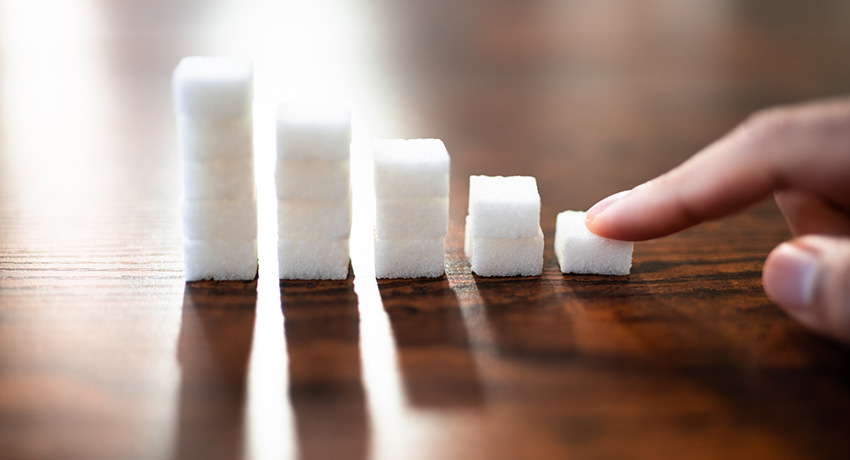The battle against sugar cravings is a daily challenge for many people. Just when you think you’ve got control, those 3 p.m. energy dips or after-dinner dessert urges show up right on schedule. But what if you could transform your relationship with sugar by piggybacking on habits you’ve already mastered? That’s where habit stacking comes in.
Habit stacking is a powerful behavioral change strategy that involves building new habits by connecting them to established routines you already perform daily. Instead of trying to create new behaviors from scratch, your existing behaviors become the foundation for sustainable change.
Why habit stacking works for your health

According to Madeline M. Yaw, a registered dietitian (RD) with UT Physicians Multispecialty – Bayshore, habit stacking is particularly effective for making dietary improvements.
“Habit stacking can be a great tool for implementing lifestyle changes because it builds off of things you’re already doing,” Yaw said. “Lifestyle changes are hard to implement. It takes 21 days to establish a habit.”
The beauty of habit stacking is that it’s tied to automatic routines you don’t have to think about. She provided a practical example of how this might work.
“Let’s say you pack your lunch the night before, but struggle with thinking of healthy breakfast options,” Yaw said. “Maybe a new habit to add to the lunch-making habit is packing a breakfast at the same time, like a yogurt or protein shake.”
Habit stacking examples for reducing sugar
Here are some practical ways to use habit stacking to consume less sugar.
Coffee or tea ritual: When you brew your morning coffee or tea, add cinnamon instead of sugar to add flavor without the sweetness.
Morning news: If you watch the news or check your phone in the morning, drink a glass of water during this time to start your day hydrated. Adding lemon can provide important vitamin C. “A lot of times we’re thirsty, and we process that as hunger or even a sugar craving,” Yaw said.
Work routine: If you check emails at the beginning of your work day, do a quick stretch or a few desk exercises right after. This can help reduce stress and the urge to snack on sugary foods.
Dinner routine: Brush your teeth or go for a walk after dinner, instead of heading to the dessert cabinet. “Getting out of the kitchen can be a great way to not think about food,” Yaw said. “Walking also helps lower your blood sugar after you eat.”
Evening routine: Enjoy a cup of herbal tea as part of a relaxing ritual before bed. This can be a swap for a sugary evening snack.
Yaw emphasized the importance of being gentle with yourself as you try to establish healthier habits.
“Being kind to yourself is especially important when establishing a habit because it takes time to adjust,” Yaw said. “Honor your cravings when you have them in a manageable, controlled way.”
Manage sugar cravings with new strategies
Beyond habit stacking, Yaw shared other effective approaches to managing sugar cravings.
Focus on balanced meals: At meal time, eating a balanced meal that includes all the food groups — usually a protein, carbohydrate, nonstarchy vegetable, and fat — can help you feel full. Yaw said this can reduce the desire to reach for sugar in the afternoon or after dinner.
Use sugar-free alternatives for immediate cravings: Keep sugar-free gum or mints on hand. This can help when you feel the desire to eat.
Choose balanced snacks: If you’re craving sugar, pair a piece of fruit with a protein or healthy fats. Yaw’s example is an apple with peanut butter or berries and yogurt.
Be mindful of hidden sugars: Get familiar with nutrition labels and make comparisons at the grocery store. Yaw suggested selecting food items with less than 10 grams of added sugar.
By stacking new behaviors onto your existing routines, you can make sugar reduction a more natural part of your lifestyle without relying solely on willpower. Sustainable change happens gradually, so be patient with yourself as you build these new habits.


